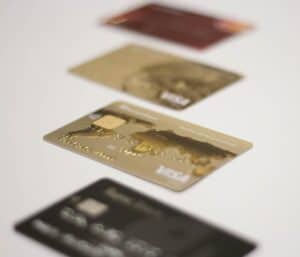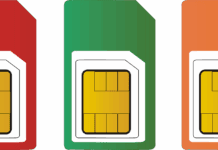
To be honest, when you look at a charge on your credit card that says something like “COMENITY PAY CP WEB PYMT,” it isn’t that confusing, actually. Right? Like, you can make up something such as this payment has something to do with web payment, and it is a company named Comenity behind it. But it certainly sounds all too confusing if you don’t even know anything about making such a payment through your credit card, and that’s why it looks a bit suspicious to you. So, let’s get to answering all your genuine questions regarding this charge and all that.
First of all, in short, “COMENITY PAY CP WEB PYMT” stands for:
- Comenity Pay: The bank handling the transaction
- CP: Likely short for “Customer Portal”
- WEB PYMT: Meaning it was an online payment
It’s just a record of your payment going through their digital system. Plain and simple!
What Is Comenity Bank?
Comenity Bank provides the credit infrastructure to a vast number of store-branded credit cards out there. You may have a card from:
- Victoria’s Secret
- Big Lots
- Overstock
- Pier 1, and many more
The retail establishments, aka stores, are not under Comenity themselves. Their task is simply the complete management of billing, payments, and account management for the credit cards of the aforementioned retailers. Therefore, when you are presented with any of those stores’ names on the screen, it will automatically be taken as the store card you have used.
Why It Doesn’t Show the Store’s Name?
This is a frequently asked question. Instead of being specific and giving the store name (for example, Big Lots or Overstock) Comenity basically puts all online card payments in one basket, which is “WEB PYMT.” It might be convenient for Comenity’s side, but not being able to trace a particular charge at once could still be a bit perplexing.
Thus, a transaction from a Comenity-issued card that you did online recently is probably this very one.
How to Confirm If the Charge Is Valid?
In order to verify the charge, you can do the following:
- Check the date and amount on the statement of your bank account.
- Match these with your recent online payment through Comenity.
- To confirm, you can log in to your official Comenity account.
- There check the digital payment in your account history.
If both the amount and date are correct, the charge is definitely genuine. If not, you should look into it further.
What Should I Do If It Appears Suspicious?
If you have no recollection of the payment being made by you, of course, then make sure you:
- Get in touch with customer service that belongs to Comenity Bank; their number is often found on the back of your card.
- Let them know about the charge and request that they confirm the transaction.
- If it’s necessary, get in touch with your bank or credit card provider to start a dispute process.
- You should not delay in such cases, as the charge might be a fraudulent one. It could very well be that if you didn’t make the transaction by yourself, you get the refund as well for the already deducted amount from your credit card or bank account.
Also Appears on Statements As
| 1 | CHECKCARD COMENITY PAY CP WEB PYMT |
| 2 | CHKCARD COMENITY PAY CP WEB PYMT |
| 3 | CHKCARDCOMENITY PAY CP WEB PYMT |
| 4 | Misc. Debit COMENITY PAY CP WEB PYMT |
| 5 | PENDING COMENITY PAY CP WEB PYMT |
| 6 | POS Debit COMENITY PAY CP WEB PYMT |
| 7 | POS PUR COMENITY PAY CP WEB PYMT |
| 8 | POS PURCH COMENITY PAY CP WEB PYMT |
| 9 | POS PURCHASE COMENITY PAY CP WEB PYMT |
| 10 | POS REFUND COMENITY PAY CP WEB PYMT |
| 11 | PRE-AUTH COMENITY PAY CP WEB PYMT |
| 12 | Visa Check Card COMENITY PAY CP WEB PYMT MC |
Related Posts :
Looking for other unknown charges? See our full list here: Unknown Bank Charges List.





